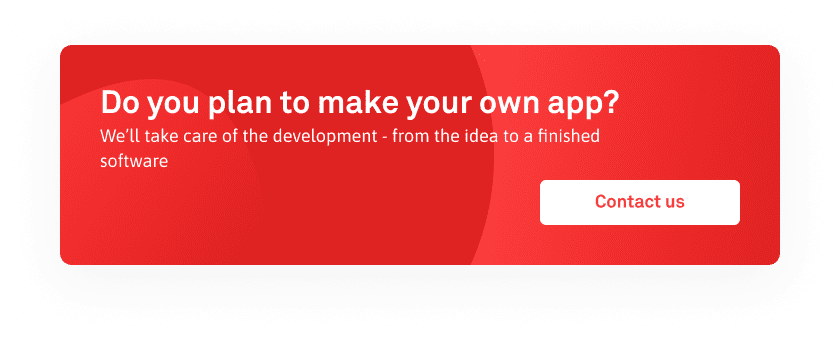In today’s digital world, mobile apps have revolutionized the consumer environment. What used to be seen as a luxury to most owners can now be converted into a major source of income. In fact, the mobile app industry generates nearly $580 billion in revenue every year — a number that continues to increase, according to Statista.
While that’s a lot of revenue up for grabs, not all apps will get a fair and equal piece of the pie. Some apps will easily generate millions of dollars each month, but others will struggle to make any return on their investment and eventually shut down.
If we’ve learned anything in the past few years, it’s that mobile app users are more than willing to spend money inside apps. Furthermore, developers continue to discover new and profitable ways to generate revenue.
With that being said, there will be a variety of factors playing a role in your app’s ability to make money. A solid monetization strategy can help you prepare for any obstacles you come across, while also maximizing your revenue margins.
In order to ensure you find success with your mobile app, let’s discuss some of the most prominent factors in generating revenue in this industry.
Are you prepared for some fierce competition?
It’s important to remember that competition is at an all-time high in the mobile app industry. In fact, it’s one of the leading reasons why mobile apps fail.
Did you know that there are nearly 2.2 million apps available for download in Apple’s App Store? Even more surprising, Google’s Play Store has a whopping 2.8 million apps available.
Your app will have to beat out the rest of these apps in order to make money. The good news is when it does, you’ll be in elite company.
For example, games like FortNite and Candy Crush Saga have been known to pull in over $1 million every day. Dating apps like Tinder, Match, and OKCupid can bring in over $1 billion every year. Even heavy retail apps like Alibaba have seen success, reporting over $30 billion in revenue over a 24-hour period during an event similar to Black Friday.
On the flip side, thousands of mobile apps will fail each month and be unable to continue giving their users the experience they were hoping for. Even apps that saw early success won’t necessarily be safe in the long run.
Vine, a major social media app that was released in 2013, only took a few months to become popular. Unfortunately, financial struggles and a lack of new features led to the app shutting down in 2017 — leaving nearly 200 million users in the dust.
Does your app promote a positive user experience?
When faced with tough competition, the best thing you can do is provide a positive experience users can’t find anywhere else. The look of your app, the feel, function, and performance will all play a major role in giving the user incentive to make in-app purchases or watch ads.
One of the most beneficial things you can do to provide a better experience for your users is to update the app frequently. Listen to their feedback, read their reviews, and spend time in different online forums. When users see a proactive approach, they’ll be more comfortable spending their money.
How many revenue channels does your mobile app have?
Every app will have several different ways of making money, yet most app owners will only stick to one — if that! If you want to maximize the amount of revenue you see each month, you need to open your app to as many opportunities as possible.
Paid apps, in-app purchases, subscription models, in-app advertising, sponsorships, and much more can increase your monthly revenue. It will also give users more options to consider when choosing your app.
For example, a free app can focus a majority of its strategy on in-app purchases, advertising, and sponsorships. This gives your users free content but still puts money in your back pocket.
How many devices can download your app?
If you truly want to maximize revenue with a mobile app, you have to maximize the exposure your app receives. This means getting it in the hands of as many people as possible.
Think of all the potential users you’re missing out on by only offering your app in the App Store, as opposed to the Play Store? Not only that but also all the people that only own tablets. These are people that may want to download your app but would have to go through the process of buying a new device in order to do it.
Furthermore, technology is constantly evolving. Integration between different devices is becoming more and more popular. Making your app available on Smart TVs, Smart Home electronics, video game consoles, and much more can increase exposure.
At the end of the day, you’ll have to take a look at where your user base is, what devices they use, what apps they currently use, and how you can do better. If you can find success with that, you can start to make money with your mobile app.
—
Photo by Rahul Chakraborty on Unsplash



